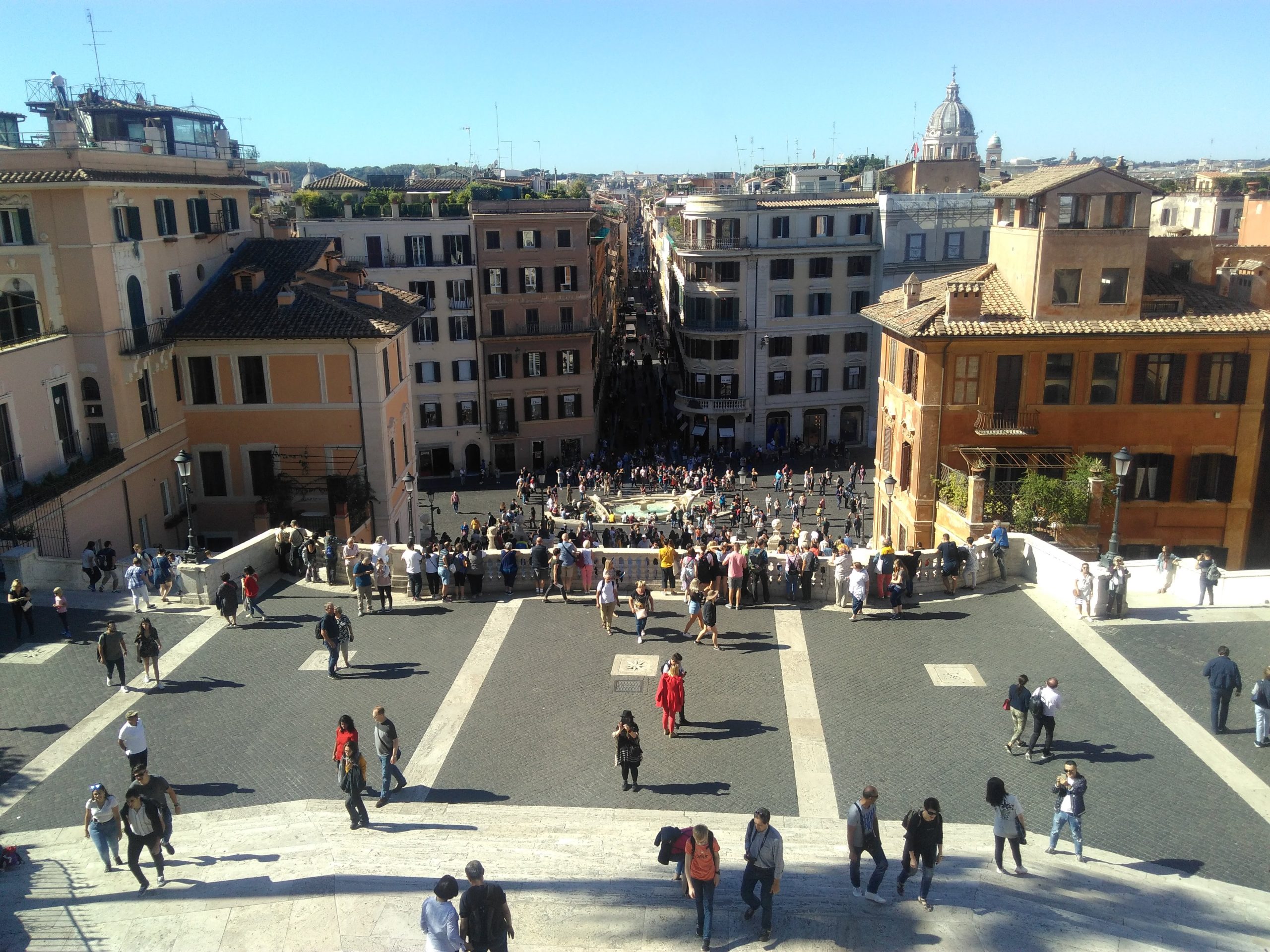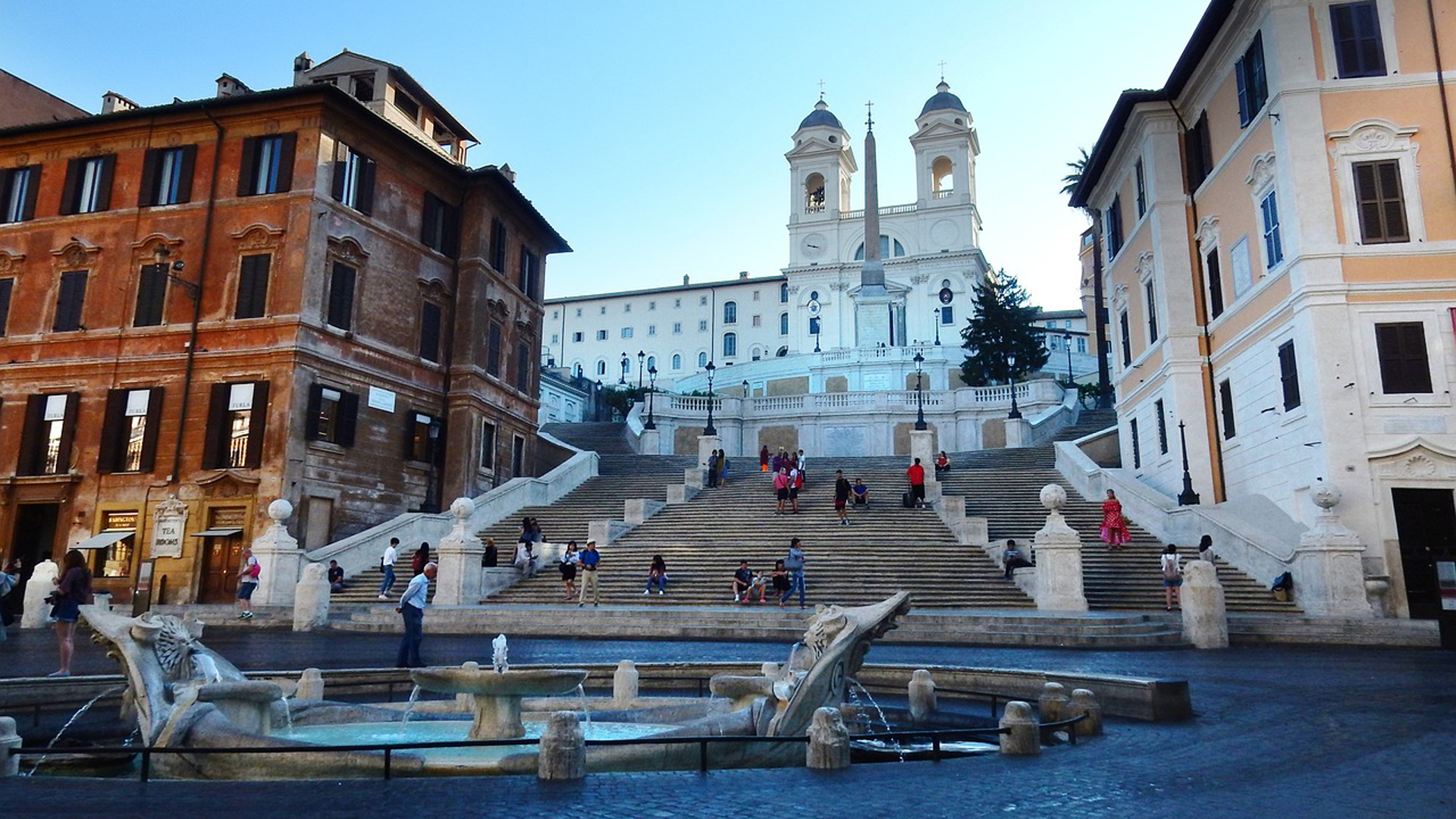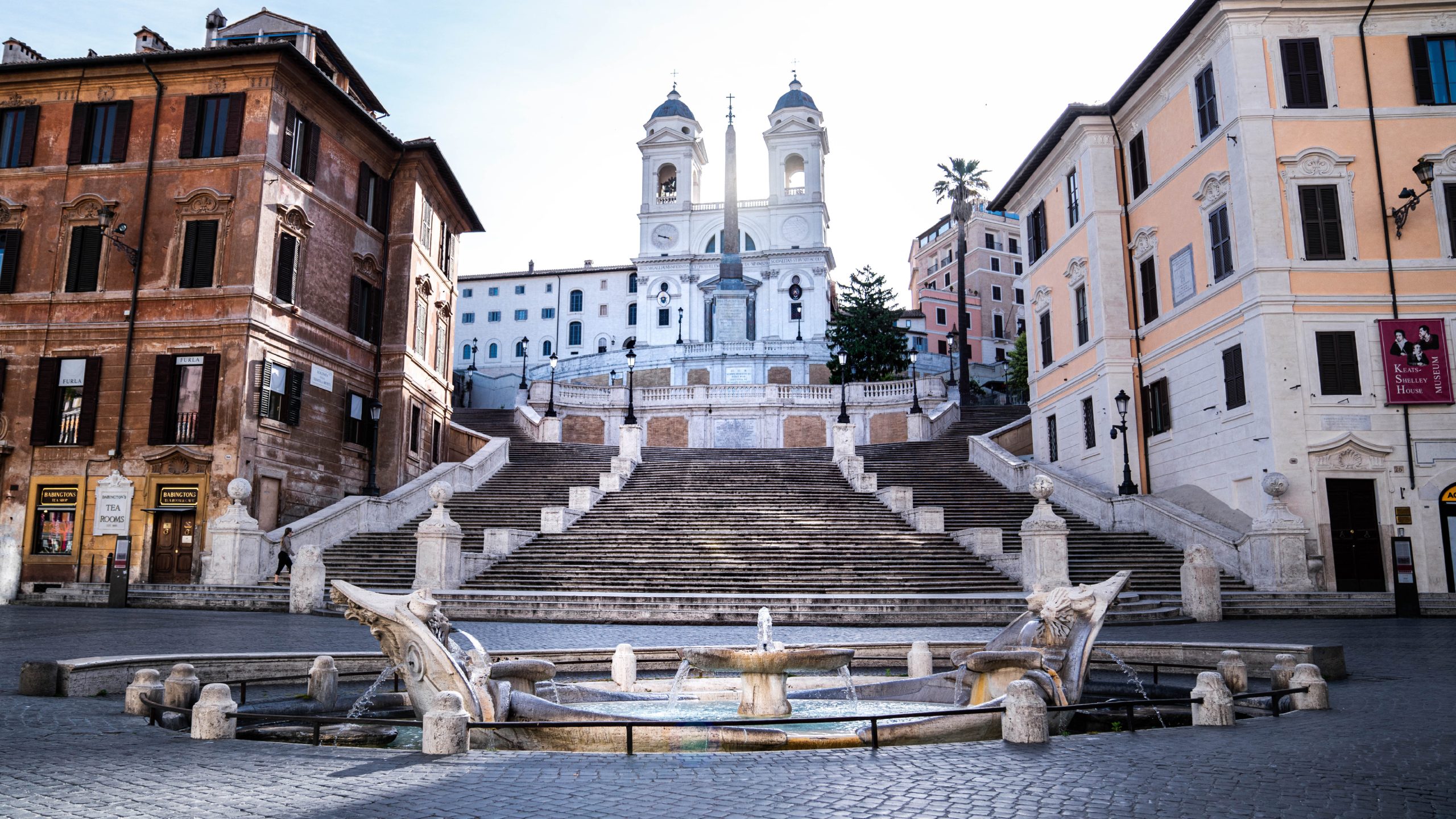Rome’s Spanish Steps and Piazza di Spagna are one of the Eternal City’s most iconic monuments and for good reason. The effect of walking into the wide open breadth of Piazza di Spagna and seeing the steps reach toward the Trinità dei Monti church and its two imposing bell towers is breathtaking.
A Roman landmark since the 18th century, they’ve intrigued poets, writers, artists, and everyone in between for the centuries. The sweeping city views they offer those brave enough to climb up its many steps are among the best in Rome. And while the Spanish Steps may be popular, there are some facts regarding their history that few actually know.

How many steps are there really, and what’s the story behind their Spanish namesake? America Domani has compiled a list of 10 interesting facts regarding the monument so you can be prepared on your next trip to the city.
Here’s everything you need to know about the Eternal City’s Spanish Steps:


Asia London Palomba
Asia London Palomba is a trilingual freelance journalist from Rome, Italy. In the past, her work on culture, travel, and history has been published in The Boston Globe, Atlas Obscura, The Christian Science Monitor, and Grub Street, New York Magazine's food section. In her free time, Asia enjoys traveling home to Italy to spend time with family and friends, drinking Hugo Spritzes, and making her nonna's homemade cavatelli.

